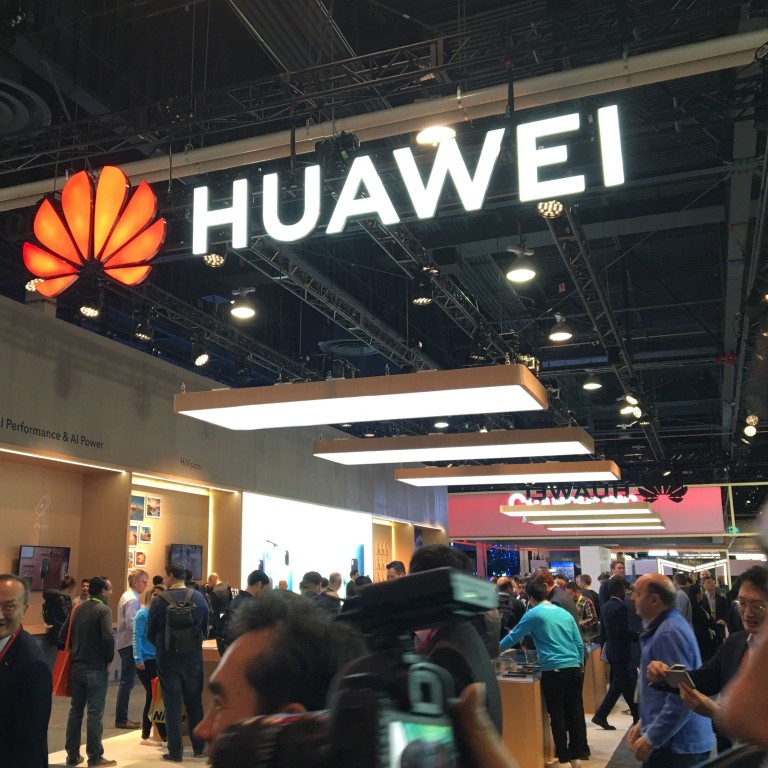
Smartphones in 2020: the big reveals expected at CES, Mobile World Congress
- Huawei to use Consumer Electronics Show in Las Vegas to unveil international version of its Honor V30 Pro, which won’t have Google core apps due to US ban
- Another Chinese brand, Oppo, could hog the headlines at Mobile World Congress in Barcelona with rumoured launch of Find X2; Realme, LG launches also set
The global rise of Chinese phone brands has thrown a monkey wrench into the smartphone business. They have breakneck release schedules, are willing to push industry trends, and tend to offer higher-specification handsets for less money than legacy electronic brands.
Sony, HTC and Motorola have become almost non-factors in the phone market; LG is losing relevance by the year; and Samsung has had to dilute its Galaxy branding with a string of budget A-series phones aimed at Southeast Asia and eastern Europe.
And what of Apple, the biggest legacy phone brand of them all? Slowing sales have forced the company increasingly to branch out into other businesses such as providing content services.
The changing tide will be particularly noticeable at the first two trade shows of 2020: Apple will make an official appearance at January’s Consumer Electronics Show in Las Vegas for the first time in 28 years. But it’s not there to show new hardware; rather, the company’s senior director of privacy, Jane Horvath, will speak on the importance of consumer privacy – something to which Apple has pivoted to distinguish itself from rivals.

While CES has traditionally not been a phone-heavy trade show, two major Chinese players will make a splash: Huawei sub-brand Honor will launch the international version of its V30 Pro, and OnePlus will unveil a concept device at the event, which runs from January 7 to 10.
The former is notable because the Honor V30, like Huawei’s Mate 30, cannot run Google’s core apps because of an export ban imposed by the United States government. That Honor is going ahead with a global roll-out implies the company is not going to wait around for the US authorities to throw a lifeline; instead, the Chinese tech giant will move forward with its plan to convince the world to use its Huawei Mobile Services instead of Google Mobile Services.

Little is known about OnePlus’ concept handset, other than what company chief executive Pete Lau has said – that the handset will be a “very special device”. Some believe we may see a prototype foldable phone.
That’s about all that can be predicted about mobile phone brands at CES. If this sounds underwhelming, that’s because everyone is holding out for the Mobile World Congress (MWC) in Barcelona, Spain, which – as the name suggests – is a far more smartphone-centric show.

Oppo’s sister brand Vivo has also sent out “save the dates” invitations to media for the February 24-27 event – although I don’t expect Vivo to launch new hardware there.
As one of the world’s largest telecommunications players, Huawei has always had a major presence at MWC, and 2020 will be no different, as the company continues to push ahead with 5G expansion.

That logic applies to Samsung too; I doubt we’ll see the Galaxy S11 – of which the talk is that is will use Samsung’s new 108-megapixel camera, but optimised much better than in the recent Xiaomi Mi Note 10 – at MWC, although there may be teasers.
If I had to wager a guess, I would say that Oppo’s much hyped Find X2 will be the hardware star of MWC 2020.

